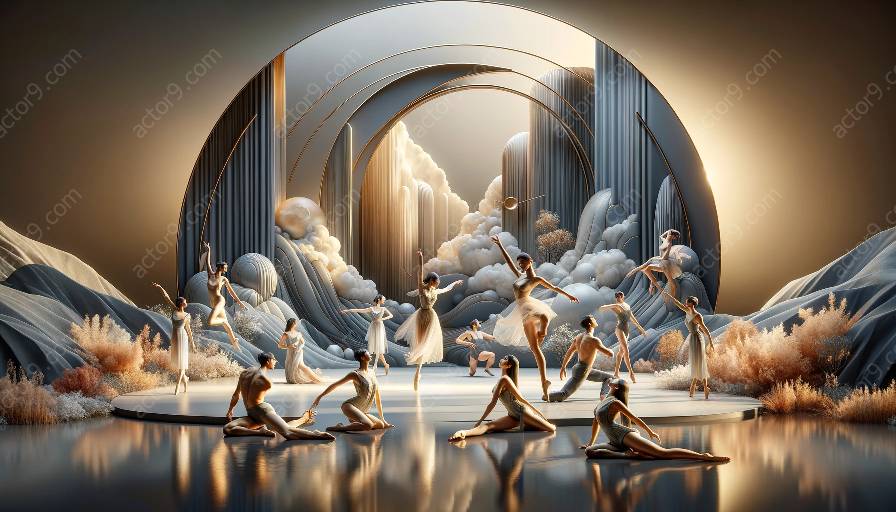Physical theatre, an art form that combines movement, expression, and storytelling, offers a unique platform for adapting traditional texts. This adaptation process presents various challenges and opportunities, impacting both the elements of drama in physical theatre and the broader field of physical theatre itself.
Understanding Physical Theatre
Before delving into the challenges and opportunities of adapting traditional texts for physical theatre, it's essential to grasp the nature of physical theatre and its key elements of drama. Physical theatre emphasizes the body as a primary means of communication, often integrating movement, gesture, and physical techniques to convey narratives and emotions. This form of theatre transcends traditional dialogue-based storytelling and opens new avenues for artistic expression.
Adapting Traditional Texts for Physical Theatre
When traditional texts such as literary works or classic plays are adapted for physical theatre, unique challenges and opportunities emerge. One of the primary challenges lies in reimagining narrative elements and character portrayals solely through physicality, as opposed to relying solely on spoken dialogue. This necessitates a deep understanding of the original text and a creative vision to translate its essence into physical expression.
Furthermore, the adaptation process entails addressing the spatial dynamics and choreography required to effectively convey the narrative arc and emotional depth of the original text. It involves exploring new movement vocabularies and gestural languages that resonate with the themes and motifs of the traditional work, thereby enriching the physical theatre experience.
Impact on Elements of Drama in Physical Theatre
Adapting traditional texts for physical theatre significantly influences the elements of drama within this art form. The use of physicality as a primary mode of storytelling requires a nuanced approach to characterization, conflict resolution, and thematic development. The incorporation of traditional texts demands a harmonious fusion of movement, gesture, and non-verbal communication, elevating the emotional and physical stakes of the performance.
Moreover, the adaptation process can expand the boundaries of physical theatre by integrating historical, cultural, and literary elements, thereby creating a multilayered theatrical experience. This fusion of traditional and contemporary artistic forms enhances the dynamism and relevance of physical theatre, attracting diverse audiences and enriching the cultural tapestry of theatrical performances.
Opportunities for Artistic Innovation
Despite the challenges, adapting traditional texts for physical theatre presents abundant opportunities for artistic innovation and creative exploration. It encourages practitioners to develop inventive movement vocabularies, gestural languages, and non-verbal communication techniques that resonate with diverse texts and narratives.
Furthermore, this adaptation process fosters a deeper understanding and appreciation of the relationship between movement and storytelling, enriching the artistic repertoire of physical theatre practitioners. It sparks collaborative endeavors between choreographers, directors, and performers, fostering interdisciplinary creativity and pushing the boundaries of traditional text adaptation in physical theatre.
Conclusion
In conclusion, the challenges and opportunities of adapting traditional texts for physical theatre are integral to the evolution and diversification of this dynamic art form. By delving into the complexities of adaptation, practitioners can elevate the elements of drama in physical theatre, fostering deeper connections with audiences and enriching the cultural landscape of theatre at large.




































